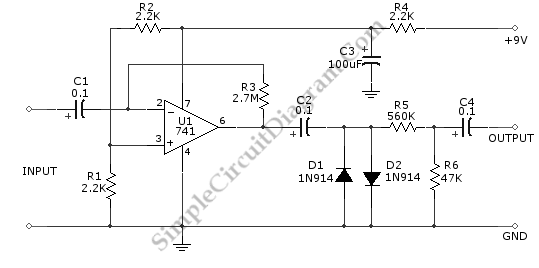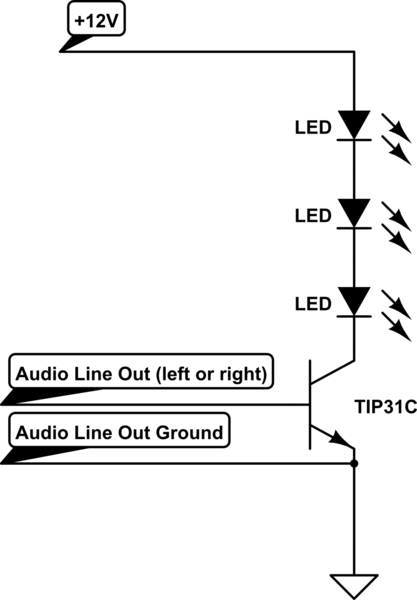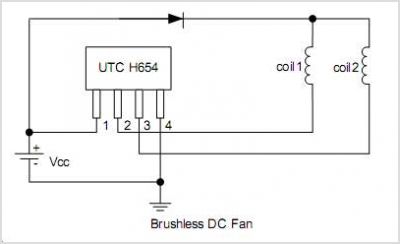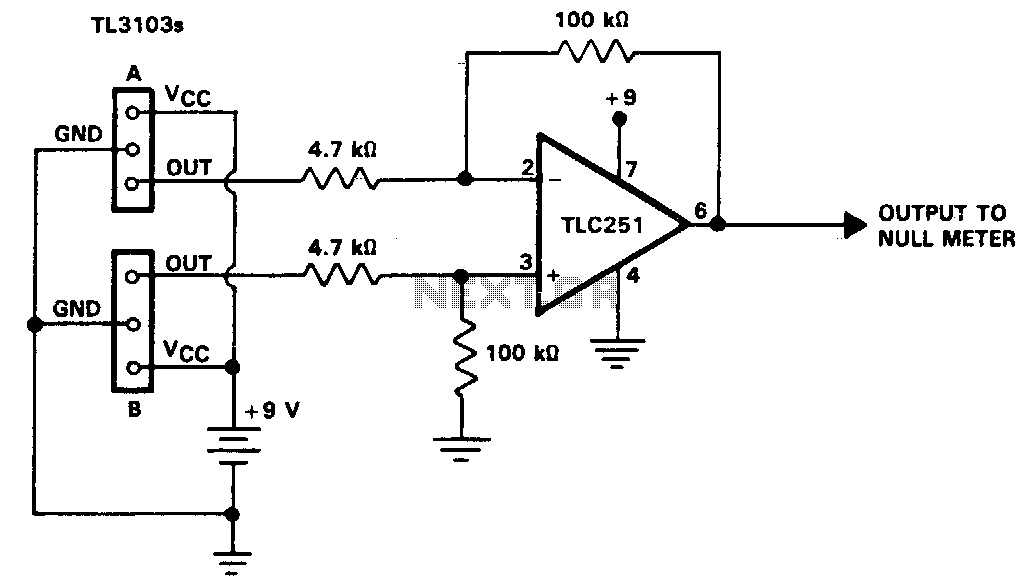
Hall effect

A series resistor and a bypass capacitor are used in conjunction with a Zener diode in parallel with the Hall sensor to clamp transients that may still pass through. Hall sensors are generally robust but can fail under certain conditions. The circuit functions adequately, but there are concerns regarding the reliability of the Hall effect sensor after only a few minutes of operation. Protection diodes and capacitors have been implemented, but issues persist. It is suggested to verify the part number and pinout of the Hall sensor, as incorrect connections could lead to malfunctions. General recommendations include filtering, bypassing, and transient protection to enhance circuit stability. A partial circuit diagram is available, but it lacks details on the voltage applied to the sensor and the specific type of sensor being used.
The circuit in question employs a Hall effect sensor, which is a transducer that varies its output voltage in response to an applied magnetic field. The inclusion of a series resistor serves to limit the current flowing through the sensor, thereby protecting it from excessive current that could lead to damage. The bypass capacitor is positioned to filter out high-frequency noise, ensuring that the sensor operates smoothly without interference from transients that may occur in the power supply line or from external sources.
The Zener diode, connected in parallel with the Hall sensor, plays a crucial role in clamping voltage spikes. When the voltage across the Hall sensor exceeds the Zener breakdown voltage, the Zener diode conducts, diverting the excess current away from the sensor. This protective measure is particularly important in environments where electrical noise and transients are prevalent, as they can induce voltage surges that may compromise the sensor's functionality.
It is essential to ensure that the correct Hall sensor is being utilized and that its pinout is verified. Misconnections, such as reversing the output and power pins, can lead to the sensor malfunctioning and potentially shorting the power supply. The operational characteristics of Hall sensors can vary based on their specifications, and while many may appear similar, their performance under different operating conditions can differ significantly.
For optimal performance, it is recommended to analyze the entire circuit layout, ensuring that all components are correctly rated for the intended application. The absence of specified voltage levels in the provided circuit diagram should be addressed, as this information is critical for ensuring proper operation of the Hall sensor. Overall, careful consideration of component selection, circuit design, and environmental factors is necessary to enhance the reliability and longevity of Hall effect sensors in practical applications.A series resistor, and a bypass capacitor along with a zener in parallel with the hall sensor to clamp transients that still get through. I use hall sensors here at work on a daily basis. After 15 years of working with them, I know that they`re generally robust, but do fail under certain conditions and I`m well versed in what they are.
Want to see the inside of a failed sensor Look here. This circuit works fine but I have yet to run more than a few minutes before the Hall effect goes T*ts up and dies. I have put protection diode and capacitor as recommended elsewhere but no luck. Any ideas By the way Creast, what hall sensor are you using Can you give us the part number If not, verify you have the correct pin out.
Generally they are as follows: I can`t help but wonder if you have output and power pins reversed. The hall will actually sort of work that way, but it shorts out the power supply through itself every time it turns on. Luc, He did give his circuit diagram. It`s in his original post. And, bipolar, non-latching, hall sensors are "you`ve seen one, you`ve seen them all". My suggestions were for general filtering, bypassing, and transient protection. If you`d draw out my recommendations, you`d see that it is not wrong. A series resistor, and a bypass capacitor along with a zener in parallel with the hall sensor to clamp transients that still get through.
I use hall sensors here at work on a daily basis. After 15 years of working with them, I know that they`re generally robust, but do fail under certain conditions and I`m well versed in what they are. Want to see the inside of a failed sensor Look here. I`ve been working with hall sensor for many year. It`s the most common sensor we put in Robots. Designing robot is a part of my hobby, I teach robotic engineering as a job. As far as the diagram is concern their is a partial one, no voltage applied to the sensor is specified or what kind of sensor he`s using check the picture I`ve attached.
After you`ve seen one sensor you`ve seen them all as far as operation is concern yes, but not as far as specs. 🔗 External reference
The circuit in question employs a Hall effect sensor, which is a transducer that varies its output voltage in response to an applied magnetic field. The inclusion of a series resistor serves to limit the current flowing through the sensor, thereby protecting it from excessive current that could lead to damage. The bypass capacitor is positioned to filter out high-frequency noise, ensuring that the sensor operates smoothly without interference from transients that may occur in the power supply line or from external sources.
The Zener diode, connected in parallel with the Hall sensor, plays a crucial role in clamping voltage spikes. When the voltage across the Hall sensor exceeds the Zener breakdown voltage, the Zener diode conducts, diverting the excess current away from the sensor. This protective measure is particularly important in environments where electrical noise and transients are prevalent, as they can induce voltage surges that may compromise the sensor's functionality.
It is essential to ensure that the correct Hall sensor is being utilized and that its pinout is verified. Misconnections, such as reversing the output and power pins, can lead to the sensor malfunctioning and potentially shorting the power supply. The operational characteristics of Hall sensors can vary based on their specifications, and while many may appear similar, their performance under different operating conditions can differ significantly.
For optimal performance, it is recommended to analyze the entire circuit layout, ensuring that all components are correctly rated for the intended application. The absence of specified voltage levels in the provided circuit diagram should be addressed, as this information is critical for ensuring proper operation of the Hall sensor. Overall, careful consideration of component selection, circuit design, and environmental factors is necessary to enhance the reliability and longevity of Hall effect sensors in practical applications.A series resistor, and a bypass capacitor along with a zener in parallel with the hall sensor to clamp transients that still get through. I use hall sensors here at work on a daily basis. After 15 years of working with them, I know that they`re generally robust, but do fail under certain conditions and I`m well versed in what they are.
Want to see the inside of a failed sensor Look here. This circuit works fine but I have yet to run more than a few minutes before the Hall effect goes T*ts up and dies. I have put protection diode and capacitor as recommended elsewhere but no luck. Any ideas By the way Creast, what hall sensor are you using Can you give us the part number If not, verify you have the correct pin out.
Generally they are as follows: I can`t help but wonder if you have output and power pins reversed. The hall will actually sort of work that way, but it shorts out the power supply through itself every time it turns on. Luc, He did give his circuit diagram. It`s in his original post. And, bipolar, non-latching, hall sensors are "you`ve seen one, you`ve seen them all". My suggestions were for general filtering, bypassing, and transient protection. If you`d draw out my recommendations, you`d see that it is not wrong. A series resistor, and a bypass capacitor along with a zener in parallel with the hall sensor to clamp transients that still get through.
I use hall sensors here at work on a daily basis. After 15 years of working with them, I know that they`re generally robust, but do fail under certain conditions and I`m well versed in what they are. Want to see the inside of a failed sensor Look here. I`ve been working with hall sensor for many year. It`s the most common sensor we put in Robots. Designing robot is a part of my hobby, I teach robotic engineering as a job. As far as the diagram is concern their is a partial one, no voltage applied to the sensor is specified or what kind of sensor he`s using check the picture I`ve attached.
After you`ve seen one sensor you`ve seen them all as far as operation is concern yes, but not as far as specs. 🔗 External reference





